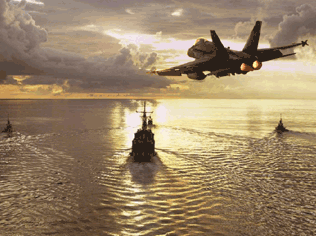
| What's New | Approach | Tools | Research Projects | Events | Publications | People | Contact |
|
What is Cognitive Engineering at CEMOS? Our goal is to design systems that people actually use. Such design requires the integration of multiple disciplines with the sciences of meteorology and oceanography. This approach is the avenue to improve human productivity and decision making with operational MetOc systems. Meteorologists and oceanographers use their scientific expertise to help computer scientists and software engineers design and build systems for users including the US Navy to carry out missions of national significance. The intersection of Operational MetOc with the cognitive engineering of products which fit users' real needs makes the Cognitive Engineering of MetOc Systems or CEMOS group unique. Find out more: Cognitive Engineering Applied Cognitive Psychology Information Technology Operational MetOc How do we go about engineering a system? We research users, study their workplace, the task they do, and the decisions they have to make. We observe how they acquire information and how they structure their workflow. We examine how decision makers interact with other decision makers and with those who provide the necessary information. We listen to how users think about their work and the cognitive process they go through to make their decisions. What happens to user research? We apply the specific user knowledge to the information systems we design. These systems often utilize meteorology and oceanography data. See Research Projects for examples. Who are we? The CEMOS research team includes oceanographers, meteorologists, software engineers, web application engineers, interface designers, and usability engineers. We have seven years experience working together implementing cognitive engineering research programs, devising testing strategies, developing relationships with user groups, devising user interfaces to improve decision making, developing web portals with intuitive workflow navigation and service-oriented architecture, as well as significant experience conducting user task analyses for the Navy and other communities. CEMOS has considerable experience developing user-centered designed systems. We have furthered the capability developed in an Office of Naval Research Knowledge Superiority and Assurance Future Naval Capability, which was transitioned to the Assistant Secretary of Defense Networks & Information Integration project, Horizontal Fusion (HF). Within HF we developed the Environmental Visualization (EVIS) Portlet, a decision tool designed to aid users in understanding the effect of weather on operational missions. Visit the APL-UW Website |

